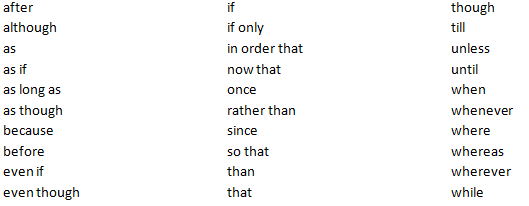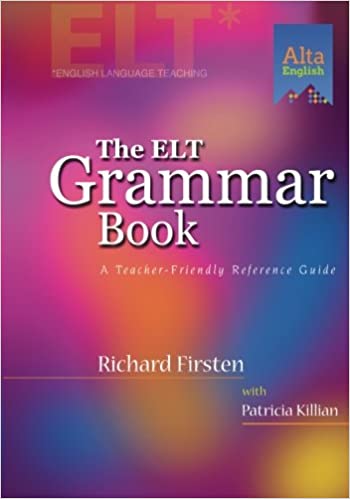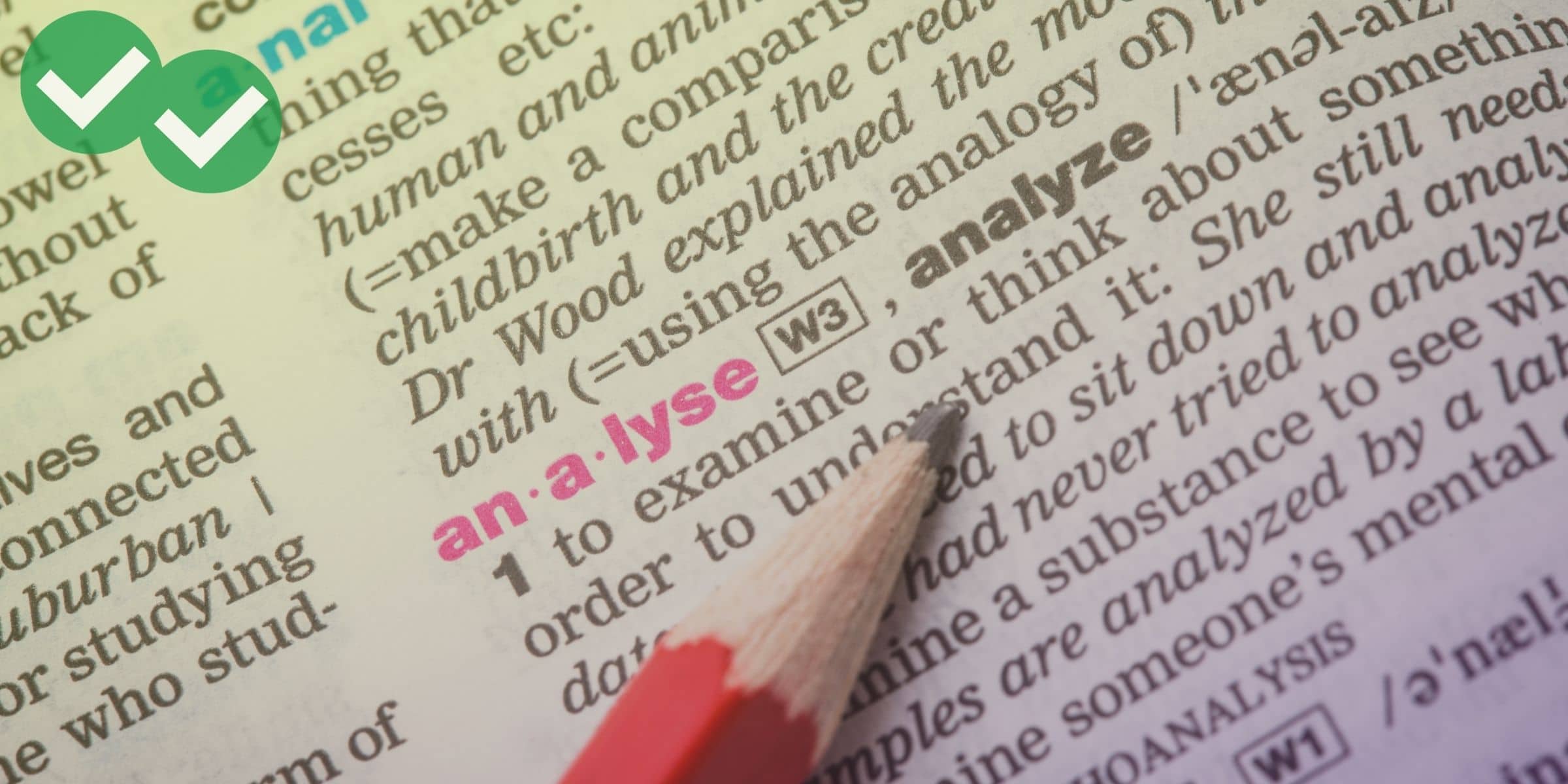Lately, I’ve been dealing with what makes a sentence and what doesn’t. As we’ve dealt with run-on sentences (How Not to Write a Sentence – Run-On Sentences) and sentence fragments (How Not to Make a Sentence – Sentence Fragments), we’ve talked a lot about conjunctions and how to use them properly. Since it’s a slippery topic, here’s a quick explanation of the kinds of conjunctions and how they should be used.
There aren’t very many coordinating conjunctions, so you’re probably very familiar with them even if you don’t know them by name. You can remember them all with the acronym “FANBOYS”: For, and, nor, but, or, yet, so. Coordinating conjunctions are used to join two clauses that are equally important.
By definition, a conjunction is intended to join two elements, so it’s no wonder that some people say that you should never start a sentence with a conjunction. These days, many people are becoming somewhat more relaxed, so beginning with “but” or “and” is unlikely to unleash the wrath of the grammar gods.
Subordinating conjunctions are used to show that once clause, or part of a sentence, is less important than the other. Here’s a list of common subordinating conjunctions (you can view the original chart here):

These conjunctions can only be used in compound sentences, or sentences made of two or more parts. They help you to show the relationship between the more important part of a compound sentence and the less important part. Here’s an example of what I mean.
Meg wasn’t very good at softball. She was scared of the ball.
In this example, the first sentence is the main idea (aka the “coordinate clause”), and the second adds information that helps us to understand the context or reason (aka the “subordinate clause”). So in this case, the subordinating conjunction should go before “she was scared of the ball.” There are lots of ways to make this happen:
Since Meg was scared of the ball, she wasn’t very good at softball.
Meg wasn’t very good at softball because she was scared of the ball.
As Meg was scared of the ball, she wasn’t very good at softball.
Here we’re dealing with a relationship of cause-and-effect. Other subordinating conjunctions can be used to show temporal (time-related) relationships or comparative relationships.
If you’ve never heard it before, check out “Conjunction Junction,” a song about conjunctions from School House Rock. It’s a little educational, a little silly, a little dated, and lots of fun!
For more lessons on grammar, don’t forget to check out our free online lessons. 🙂





